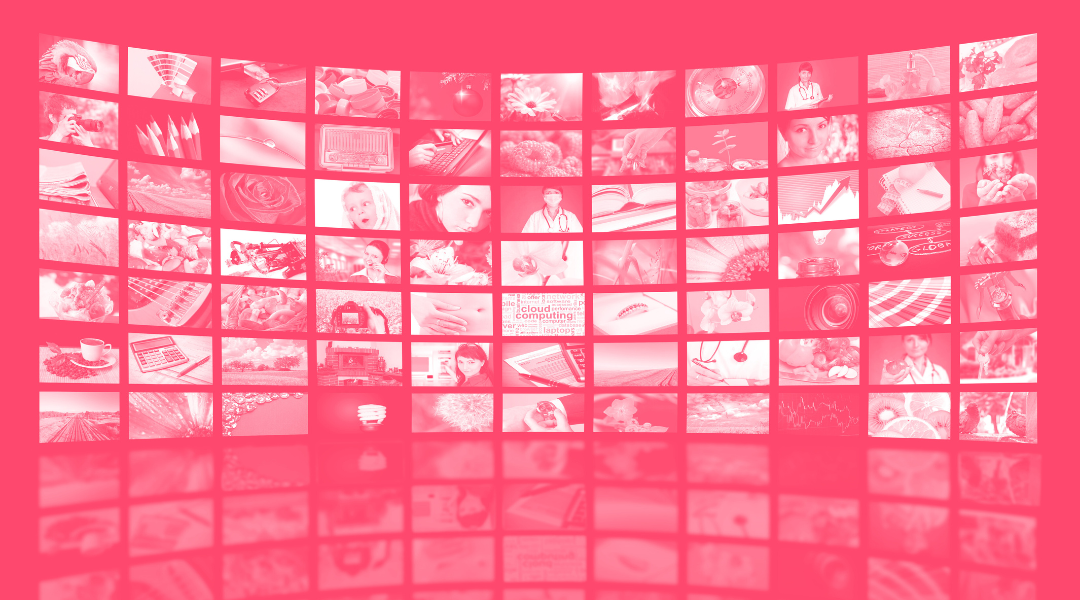What is programmatic advertising and how does it work
Buying advertising space in media is key for any business. Because, of course, if you're not in the right place, what's the point of having the best...
Plan, activate and control media to hit targets with precision.
Turn data into smart decisions with advanced analytics and modeling.
Efficiency, governance and scale for agencies and teams.
![[Ebook] SEO + AI: eBook to Master AI Overviews and GEO](https://www.adsmurai.com/hubfs/MKT%20-%202025/WEB/Resources%20-%20Banners/HeaderEN_Ebook_SEO+AI.png)
[Ebook] SEO + AI: eBook to Master AI Overviews and GEO
Learn how to structure and distribute your content so generative models can understand it, trust it, and reuse it in their answers. A practical guide to compete and appear in AI Overviews and AI-powered assistants.
Discover more
In the digital age, Connected TV (CTV) has become the new centerpiece of the living room—and a key asset for advertisers looking to move beyond generic TV spots and embrace more precise, measurable and personalized campaigns. As audiences shift en masse from traditional TV to video on demand (VOD) platforms, programmatic advertising in CTV has taken off.
This article covers everything you need to know about CTV: how it works, what formats it includes, how it's different from traditional television, and why more and more brands are choosing it to connect with their audiences in smarter ways.
TABLE OF CONTENTS
How are Connected TV ad spaces bought, and through which platforms?
Connected TV (CTV) refers to any device that connects to the internet and streams audiovisual content on a television screen. We're not just talking about Smart TVs—though those are the most well-known—but also devices like Roku, Amazon Fire TV, Apple TV, or even video game consoles like PlayStation or Xbox.
What’s truly interesting isn't just the channel, but how it’s transforming advertising. While traditional TV remains tied to massive audiences and rigid buying methods, CTV combines the best of both worlds: the power of the big screen and the precision of digital.
🎯 Advanced segmentation, automation and real-time data:
Thanks to programmatic buying, advertisers can reach much more specific audiences, making the most out of every euro. Forget throwing a spot out into the void—now it’s all about reaching the right user, at the right time, with the right message.
🤖 Artificial Intelligence: the invisible engine
AI plays a starring role in this new landscape: not only does it optimize media buying in real time, it also analyzes consumption patterns, predicts behavior and auto-adjusts creative assets. In CTV, this translates into more relevant ads, higher efficiency, and smoother user experiences.

So, why is this so powerful for advertisers?
CTV breaks with the traditional TV advertising model: instead of blindly buying airtime by slots and GRPs, you can now:
What does the market say?
CTV is television built for a digital world where users choose what to watch, and brands choose who to target with surgical precision. If you're still investing only in linear TV, you're playing in black and white while the rest stream in 4K.

Several devices and technologies are used to bring internet connectivity to television screens. Here are the most common:
CTV gives advertisers access to flexible, measurable ad formats designed for the digital environment. Say goodbye to endless linear TV ad breaks. Say hello to relevant, well-placed, and—when done right—interactive ads.
HbbTV (Hybrid Broadcast Broadband TV) isn't a video format per se, but a global standard that combines broadcast TV with internet connectivity to deliver interactive services on Smart TVs and compatible set-top boxes.

According to IAB Spain's study, here's what users appreciate most in their CTV ad experience:
Bottom line: if your ad is relevant, respectful, and non-intrusive, users are likely to accept it—and maybe even appreciate it. Bonus points if you power it with AI.
The buying method depends on the ad formats you choose, the targeting strategy, and the broader campaign context. Since the ecosystem is still evolving, there's no universal standard yet, but there are two main approaches: direct and programmatic buying.
Programmatic campaigns in CTV are launched via Demand Side Platforms (DSPs), which allow advertisers to access inventory from multiple sources in one place. Some DSPs also offer dedicated tools and formats for CTV-specific buying.
The choice between both approaches will depend on your goals, your audience, and the nature of your campaign. Many brands use a hybrid approach to maximize efficiency and control.
Here’s the good news: CTV finally allows advertisers to measure performance with accuracy—something that was always lacking in traditional TV. These are the metrics industry professionals trust the most:
|
🧪 Metric |
% of professionals who prioritize it |
| Reach | 50% |
| Incremental reach vs. traditional TV | 49% |
| Attention metrics | 47% |
| Frequency & % of content viewed | 41–40% |
| Viewability / Time of view | 29–23% |
| GRPs or conversion pixel tracking | Less than 20% |
Source: IAB Spain CTV Study 2025
CTV measurement focuses on evaluating the effectiveness of campaigns and user interaction with content. It’s important to note that TV screens are usually shared devices, so on average, each one reaches 2–3 users.
Key CTV metrics include:
If you're aiming for broader reach, smarter targeting, and tangible results, Connected TV is the way to go. It's not just about showing up where the audience is—it's about maximizing a premium medium with digital logic, data, and performance.
At Adsmurai, we help you launch CTV campaigns with a full-funnel mindset: combining programmatic buying, AI-optimized creatives, and metrics that actually matter.
Want your brand to shine and stick in the living room spotlight?
Let’s talk.

Buying advertising space in media is key for any business. Because, of course, if you're not in the right place, what's the point of having the best...

Today's most innovative companies think of their customers first, and that thinking leads them to deliver the right message to the right person at...

Imagine that traditional outdoor advertising, those static billboards you've been seeing for years, have decided to go digital and transform into...